Childbirth, also known as labour, parturition and delivery, is the completion of pregnancy where one or more babies exits the internal environment of the mother via vaginal delivery or caesarean section. In 2019, there were about 140.11 million human births globally. In the developed countries, most deliveries occur in hospitals, while in the developing countries most are home births.
The most common childbirth method worldwide is vaginal delivery. It involves four stages of labour: the shortening and opening of the cervix during the first stage, descent and birth of the baby during the second, the delivery of the placenta during the third, and the recovery of the mother and infant during the fourth stage, which is referred to as the postpartum. The first stage is characterised by abdominal cramping or back pain that typically lasts half a minute and occurs every 10 to 30 minutes. Contractions gradually become stronger and closer together. Since the pain of childbirth correlates with contractions, the pain becomes more frequent and strong as the labour progresses. The second stage ends when the infant is fully expelled. The third stage is the delivery of the placenta. The fourth stage of labour involves the recovery of the mother, delayed clamping of the umbilical cord, and monitoring of the neonate. As of 2014, all major health organisations advise that immediately following a live birth, regardless of the delivery method, that the infant be placed on the mother’s chest (termed skin-to-skin contact), and to delay neonate procedures for at least one to two hours or until the baby has had its first breastfeeding.
A vaginal delivery is recommended over a cesarean section due to increased risk for complications of a cesarean section and natural benefits of a vaginal delivery in both mother and baby. Various methods may help with pain, such as relaxation techniques, opioids, and spinal blocks. It is best practice to limit the amount of interventions that occur during labour and delivery such as an elective cesarean section, however in some cases a scheduled cesarean section must be planned for a successful delivery and recovery of the mother. An emergency cesarean section may be recommended if unexpected complications occur or little to no progression through the birthing canal is observed in a vaginal delivery.
Each year, complications from pregnancy and childbirth result in about 500,000 birthing deaths, seven million women have serious long-term problems, and 50 million women giving birth have negative health outcomes following delivery, most of which occur in the developing world.Complications in the mother include obstructed labour, postpartum bleeding, eclampsia, and postpartum infection.Complications in the baby include lack of oxygen at birth(birth asphyxia), birth trauma, and prematurity.
Labour induction and caesarean section
Main articles: Caesarean section, labour induction, and delivery after previous caesarean section
In many cases and with increasing frequency, childbirth is achieved through labour induction or caesarean section, also called a C-section. Labour induction is the process or treatment that stimulates childbirth and delivery. Inducing labour can be accomplished with pharmaceutical or non-pharmaceutical methods. Inductions are most often performed either with prostaglandin drug treatment alone, or with a combination of prostaglandin and intravenous oxytocin treatment. Caesarean section is the removal of the neonate through a surgical incision in the abdomen, rather than through vaginal birth. During the procedure the patient is usually numbed with an epidural or a spinal block, but general anaesthesia can be used as well. A cut is made in the patient’s abdomen and then in the uterus to remove the baby. Before the 1970s, once a patient delivered one baby via C-section, it was recommended that all of her future babies be delivered by C-section, but that recommendation has changed. Unless there is some other indication, mothers can attempt a trial of labour and most are able to have a vaginal birth after C-section (VBAC). Induced births and elective cesarean before 39 weeks can be harmful to the neonate as well as harmful or without benefit to the mother. Therefore, many guidelines recommend against non-medically required induced births and elective cesarean before 39 weeks.
Labour induction
The 2012 rate of labour induction in the United States was 23.3 per cent, and had more than doubled from 1990 to 2010. By 2022 it had climbed to 32%. The American Congress of Obstetricians and Gynecologists (ACOG) guidelines recommend a full evaluation of the maternal-fetal status, the status of the cervix, and at least a 39 completed weeks (full term) of gestation for optimal health of the newborn when considering elective induction of labour. Per these guidelines, indications for induction may include:
Abruptio placentae
Chorioamnionitis
Fetal compromise such as isoimmunisation leading to haemolytic disease of the newborn or oligohydramnios
Fetal demise
Gestational hypertension
Maternal conditions such as gestational diabetes or chronic kidney disease
Preeclampsia or eclampsia
Premature rupture of membranes
Post-term pregnancy
Induction is also considered for logistical reasons, such as the distance from hospital or psychosocial conditions, but in these instances gestational age confirmation must be done, and the maturity of the fetal lung must be confirmed by testing. The ACOG also note that contraindications for induced labour are the same as for spontaneous vaginal delivery, including vasa previa, complete placenta praevia, umbilical cord prolapse or active genital herpes simplex infection, in which cases a cesarean section is the safest delivery method.
Cesarean section
The WHO recommends a C-section rate of between 10 and 15 per cent because C-sections rates higher than 10 per cent are not associated with a decrease in morbidity and mortality. In 2018, a group of medical professionals called the rates of increase around the world “alarming”. In a Lancet report, C-sections were found to have more than tripled from about 6 per cent of all births to 21 per cent. In a statement by the maternal and child health organisation, the March of Dimes, the increase is largely due to an increase of elective C-sections rather than when it is really necessary or indicated.
Looking at the C-section rates between 1976 and 1996, one large study done in the U.S. found that the proportion of pregnancies delivered by C section increased from 6.7% in 1976 to 14.2% in 1996, with maternal choice the most frequent reason given.By 2018 the rate had climbed to one-third of all births.


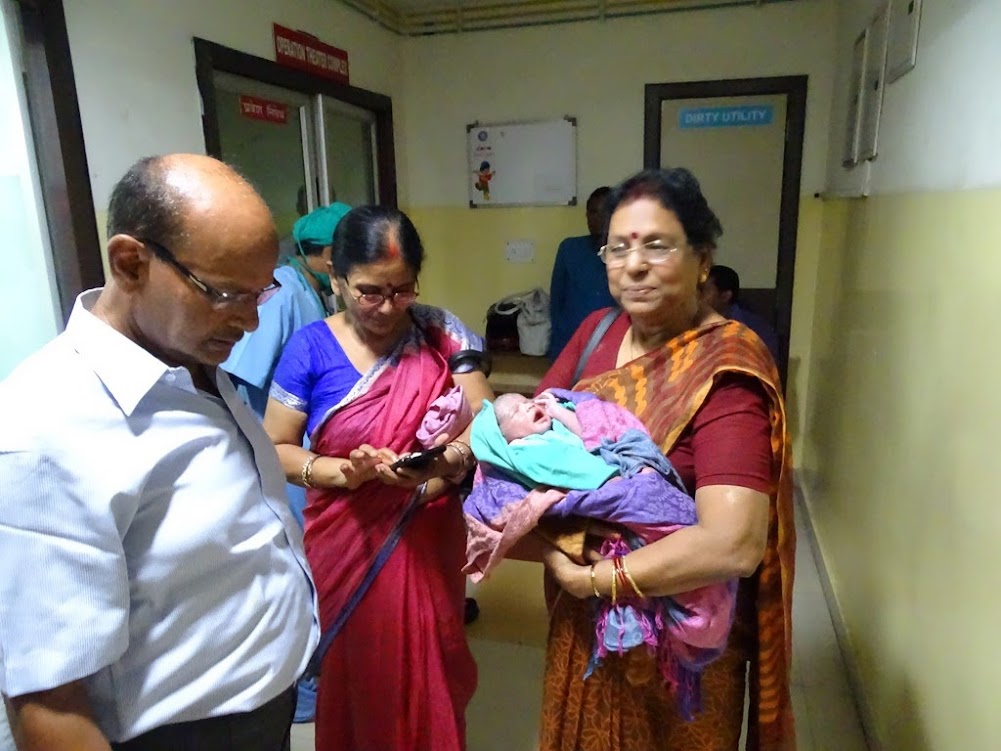

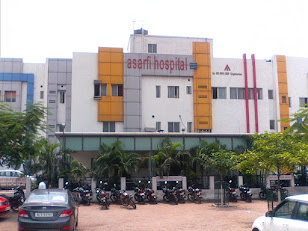
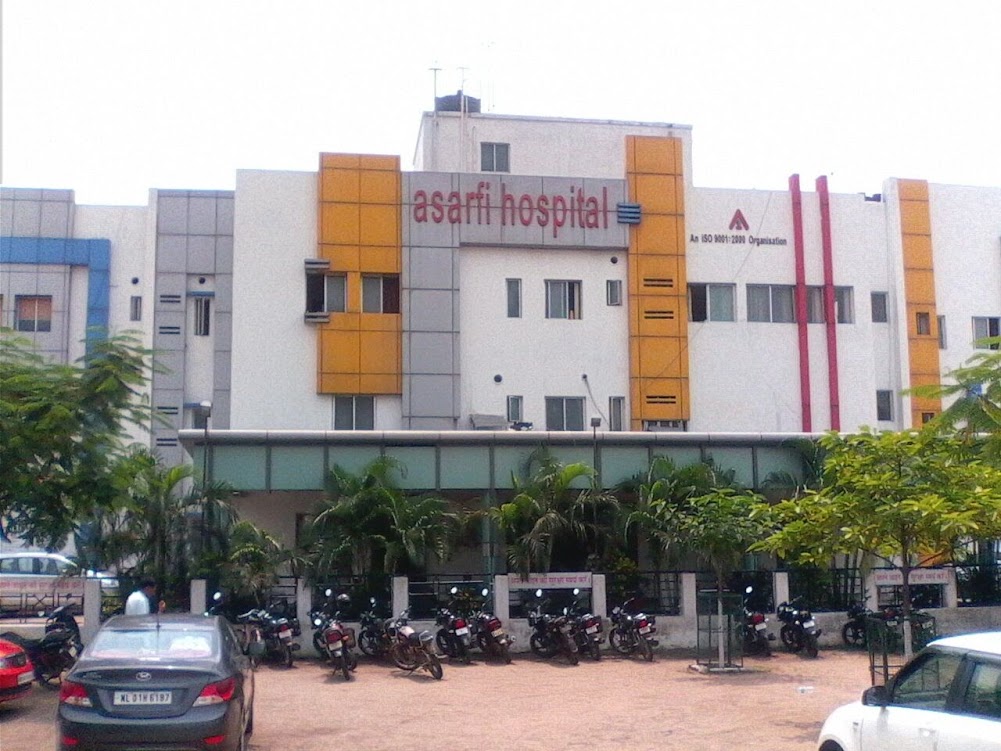
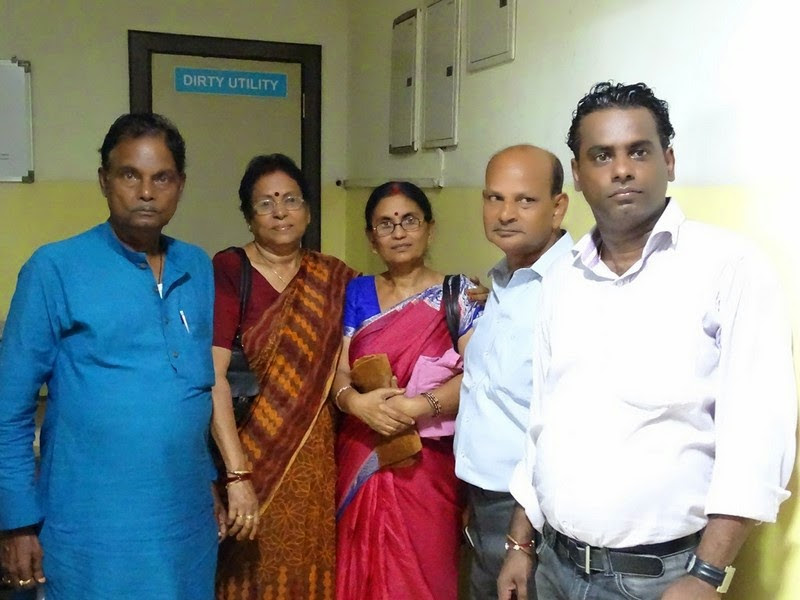
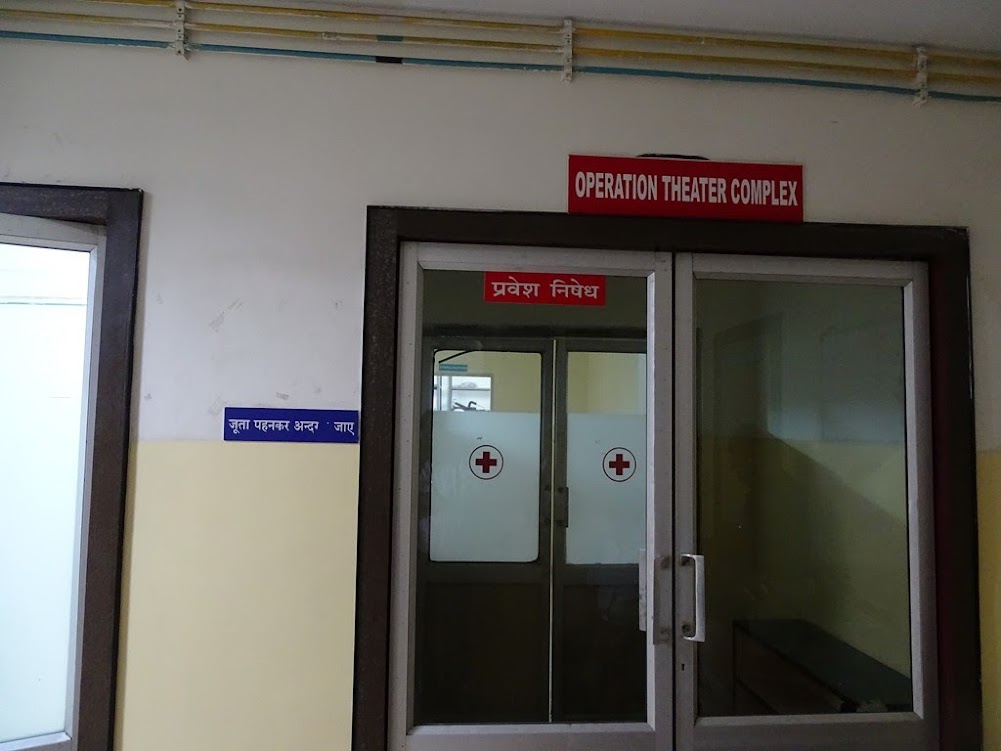
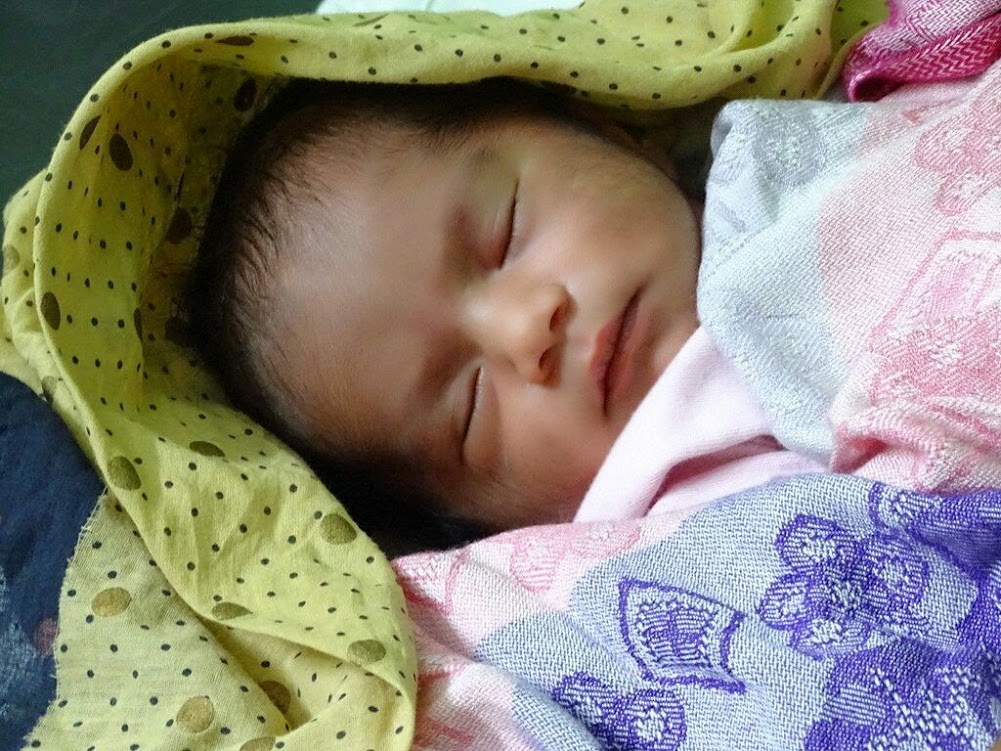
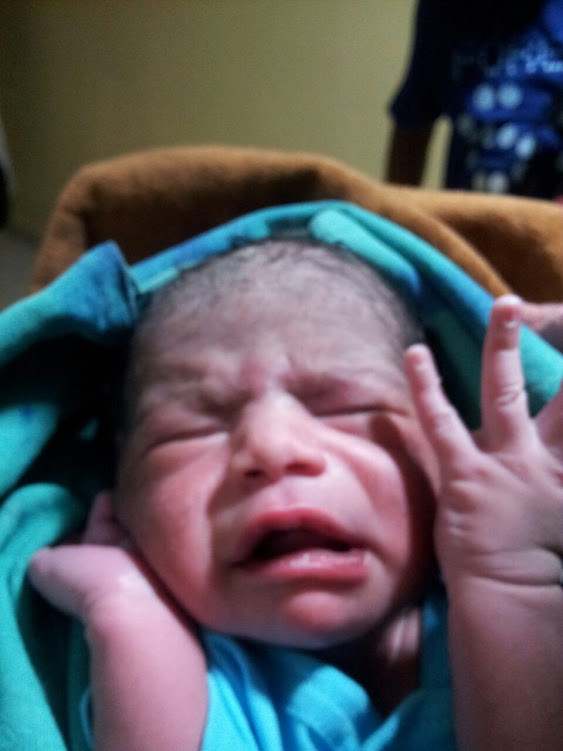
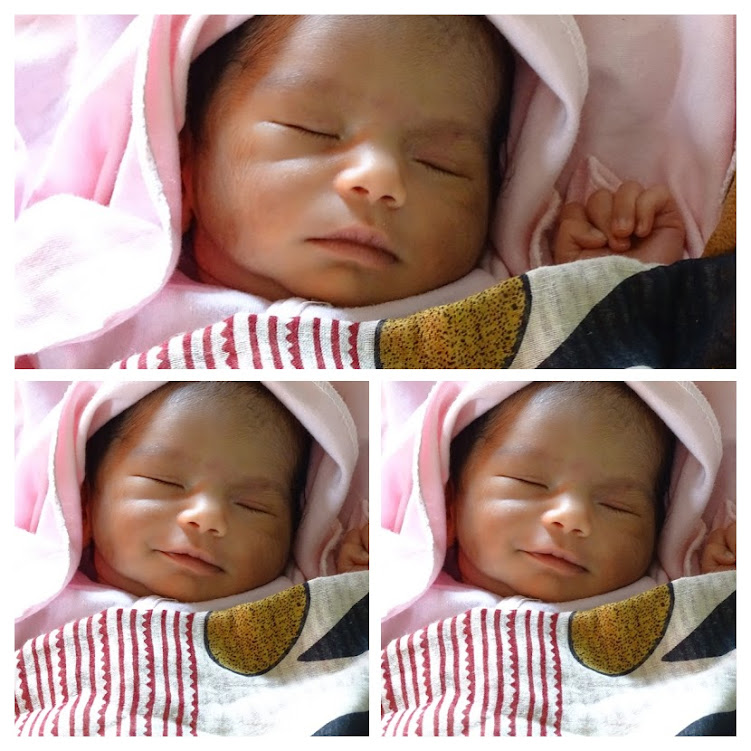
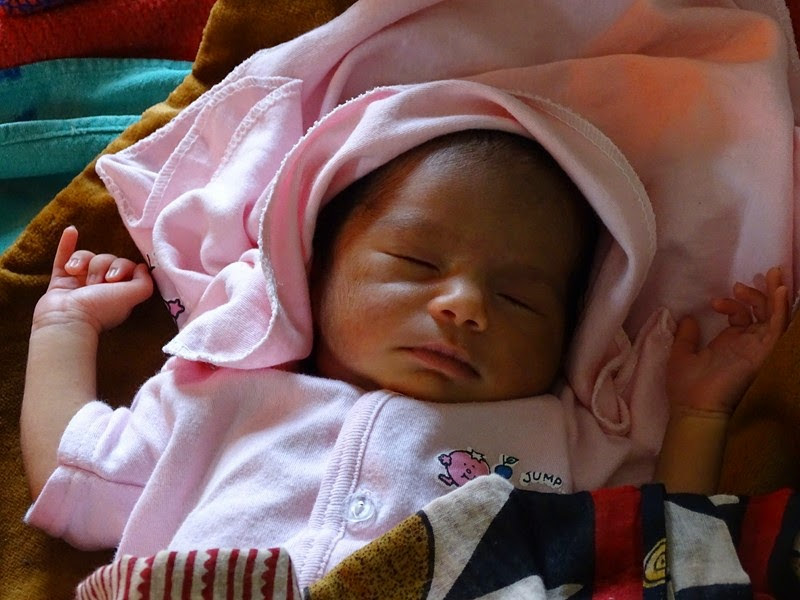
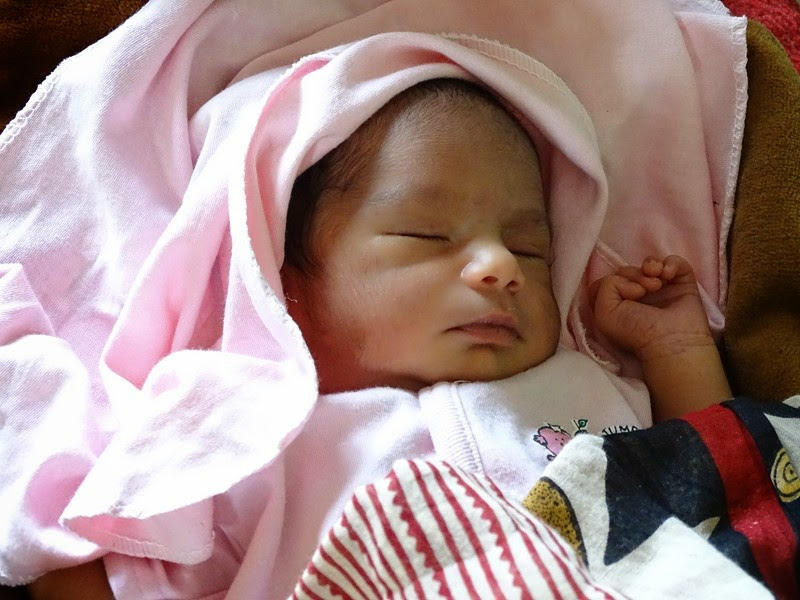
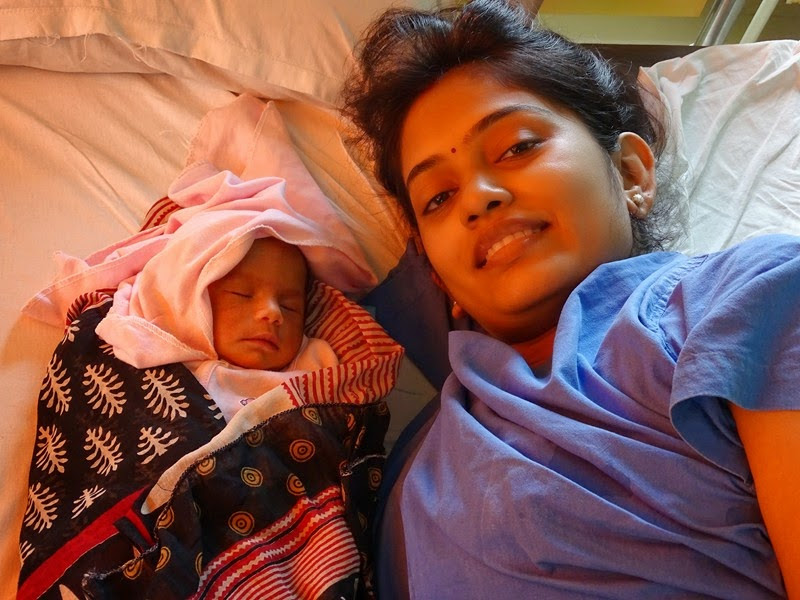
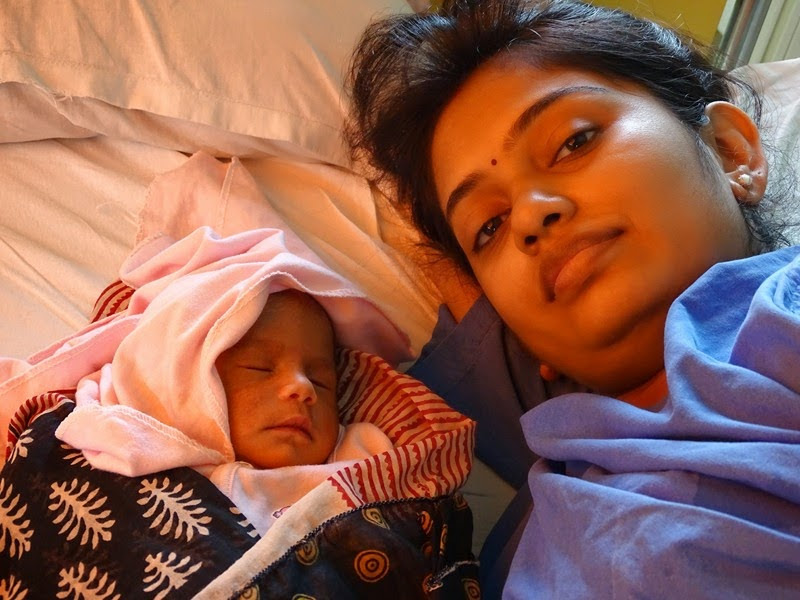
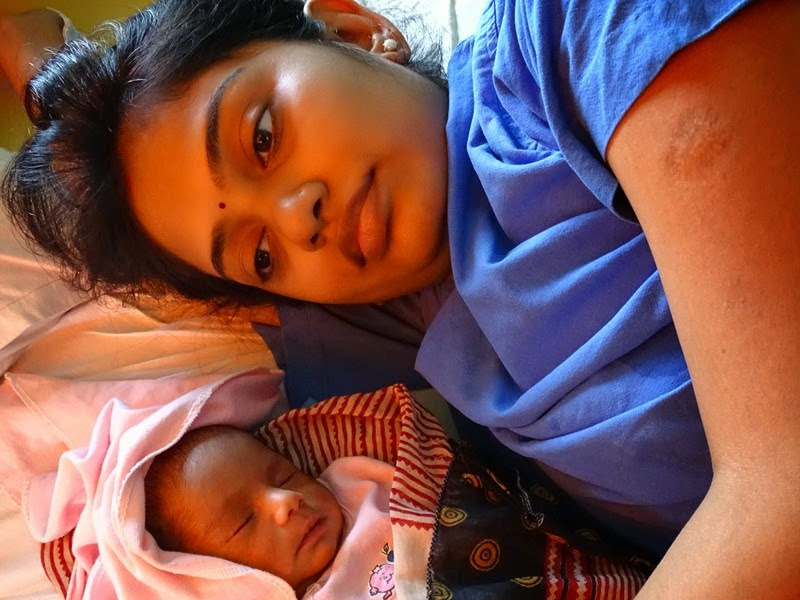
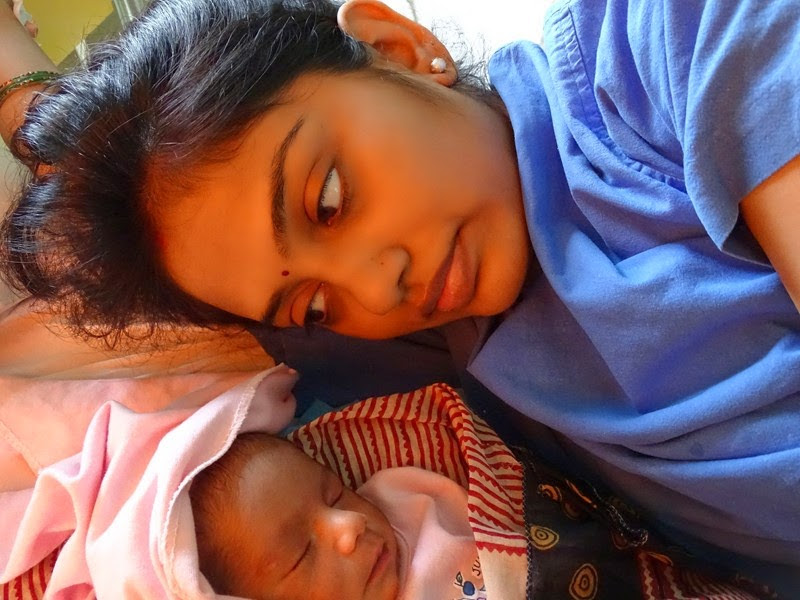











Reviews
There are no reviews yet